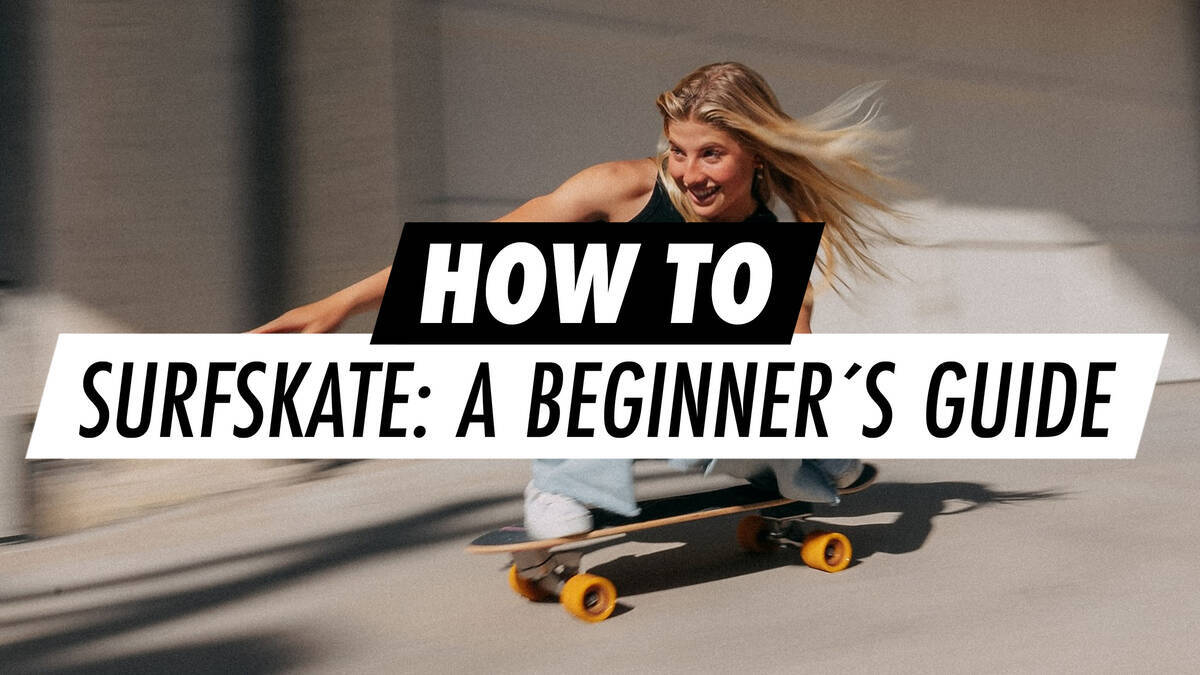How to Surfskate: An Introductory Guide for Beginners
If you've never tried surfskating, this guide serves as an ideal starting point for the essentials. You'll learn to shift your weight to generate forward motion without the need to push as you would on a skateboard. You'll also discover how to execute smooth turns and position your body for optimum control. These manoeuvres correlate directly with surfing actions like "bottom turns" or "cutbacks".
Surfskating provides a land-based alternative to exploring the fluid turns, body management, and balance familiar from surfing. It employs a specialised surf skateboard with a front truck engineered to pivot in a manner completely unlike a regular skateboard truck. Whether you reside far from the seaside or if the sea is calm, surfskating allows you to maintain your surfing skills, strengthen your legs, and perfect your timing.
Overview
Getting Started with Surfskating: Position and Equilibrium
Surfskate trucks react to even minimal foot adjustments, and they provide a distinctly different experience compared to standard skateboard or longboard trucks. Rather than continuous foot pushing, you give just one initial push to start. Thereafter, all forward movement is derived through the surfskate pumping technique.
Your stance is the cornerstone of surfskating movements. Position your front foot slightly behind the front truck bolts with a slight forward angle. Your back foot should be more angled to the side over the rear truck. Keep knees bent, shoulders at ease, and gaze directed towards your intended path. A low, balanced stance enables quick reactions to directional shifts.
Pumping for Speed Enhancement on a Surfskate
Divergent from conventional skateboarding, no foot pushing is necessary for acceleration. Instead, momentum is achieved by fluidly shifting your weight from heel to toe.
The surfskating "pumping" technique entails:
- Pushing through your toes while leaning your upper body into the curve.
- Synchronising shoulder and hip rotations with the board.
- Extending your legs as you complete the turn for forward propulsion.
Imagine sketching an S-shape on the ground. Each curve presents an opportunity to build speed and prepare for subsequent manoeuvres.
Executing Bottom & Top Turns
Bottom and Top Turns are fundamental to surfing, and surfskating offers a distinctive way to rehearse them.
The Bottom Turn occurs at the base of the wave, redirecting the surfer upward towards the maximum point of the wave (known as "The Lip"). The Top Turn transpires near the lip, directing the surfer downward once more.
Connecting these turns in a seamless sequence underpins fluid surfing. They repeat throughout a wave session and are crucial for effective surfing.
Advance forward, bending into your knees, and carve deeply to one side (Bottom Turn). Then elevate into the opposite curve (Top Turn). Linking these turns forms a graceful trajectory akin to riding a real wave.
Surfskating Stopping Strategies
Stopping in surfskating necessitates techniques adapted to the surfskate's unique front truck system. If you're accustomed to braking by dragging a shoe on a regular skateboard, the reaction of surfskate trucks may surprise you.
Briefly, the nimble nature of surfskate trucks makes carving and sharp turns effortless, but they demand an alternative approach for deceleration.
Thankfully, halting on a surfskate is straightforward. Here are three safe and effective methods:
- Disembark into a Run - When travelling at a moderate pace, step off with your back foot first and jog forward to dissipate momentum. Always look ahead and choose a clear spot to land.
- Stop on Grass or Rough Surfaces - Guide your surfskate onto grass or a coarser ground section if available. The additional friction will decelerate you swiftly without exerting undue stress on the trucks or wheels.
- Carve to Reduce Speed - Execute a series of broad, controlled turns to decelerate progressively. This is most effective where there's ample space, but not ideal for immediate stops.
Practising these methods will increase your confidence and control over your surfskate. Mastering stopping techniques early in your surfskating journey liberates you to focus on turns, pumping, and other proficient moves without concern over slowing down.

